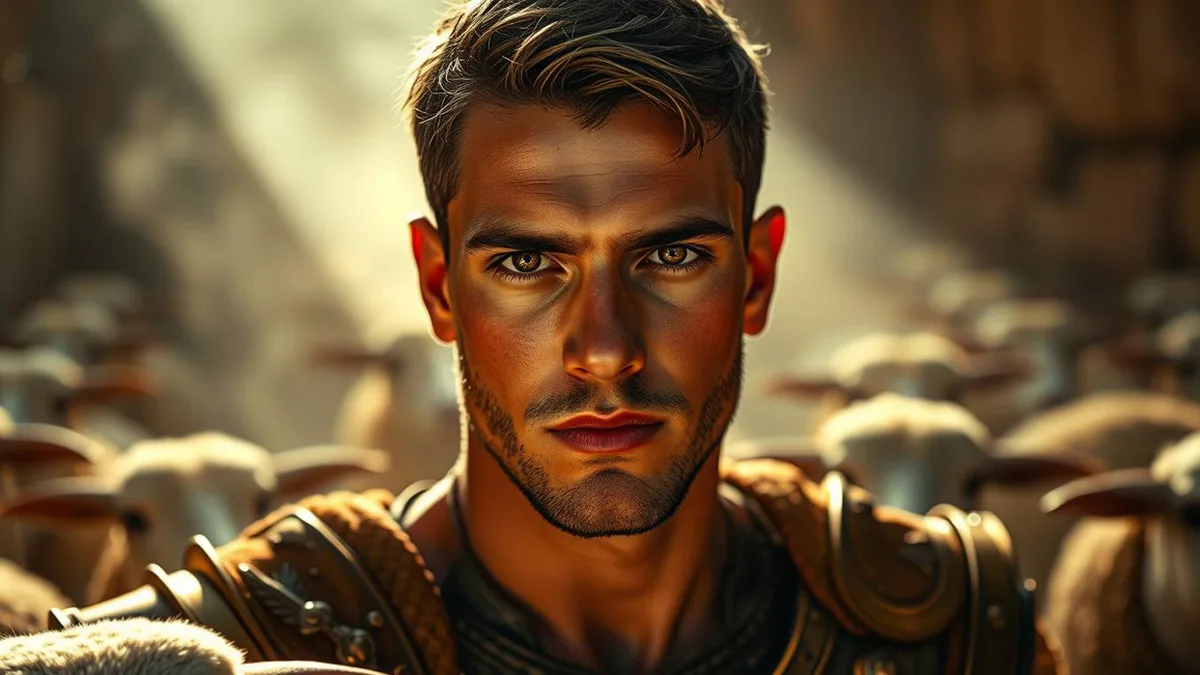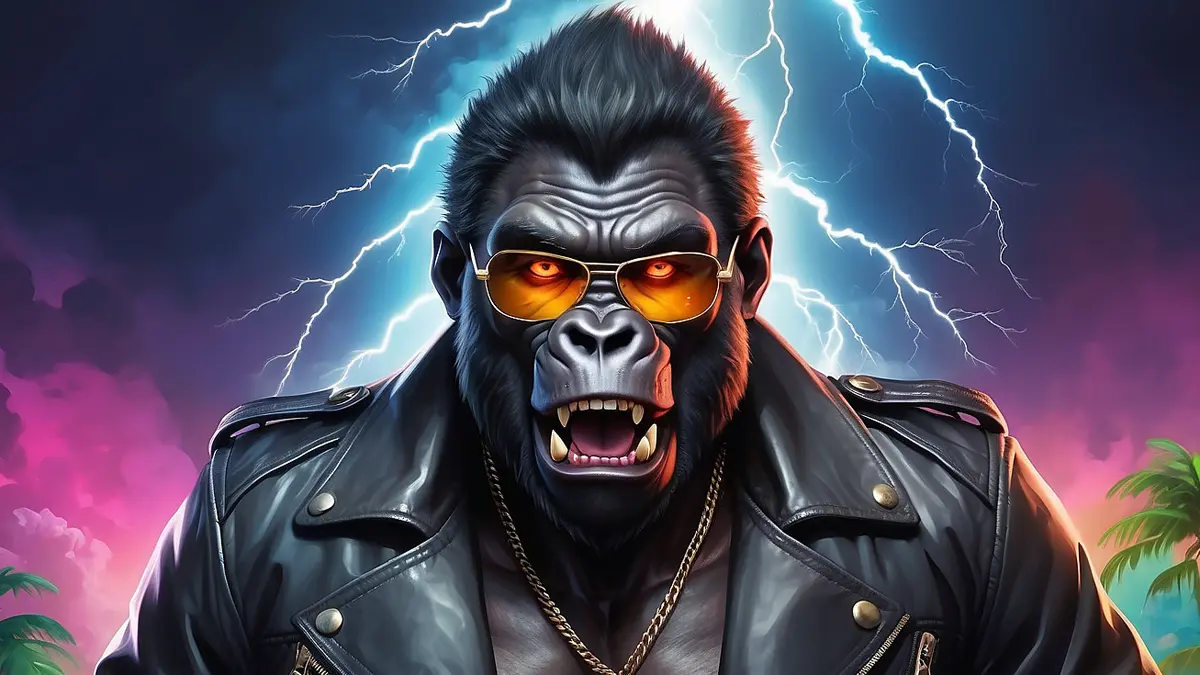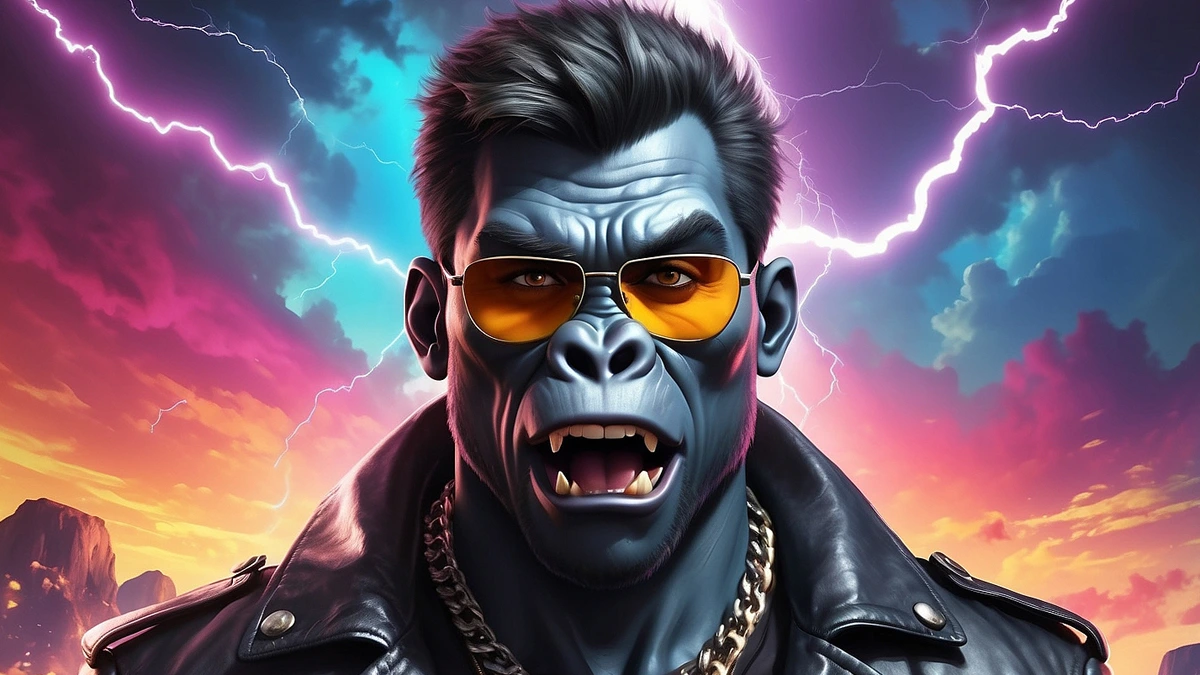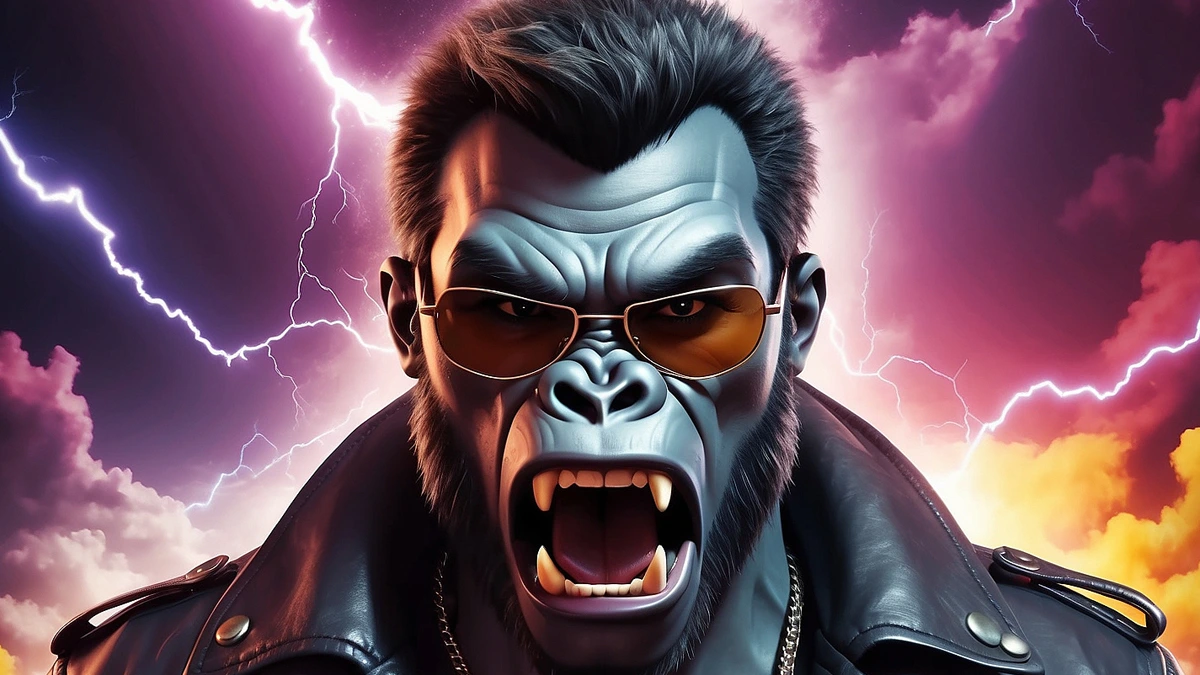In Chapter 13 of the epic saga Ira: The Age Of Darkness, readers are introduced to Ira, a young shepherd whose seemingly peaceful life masks a cosmic secret. This chapter serves as both a character study and a turning point, transitioning the story from pastoral simplicity into a mythic awakening. In this blog post, we will unpack the themes, character arc, and mythological undertones of this transformative chapter.
A Life Built on Illusion
The story opens with evocative imagery of a vast, serene grassland where 18-year-old Ira tends to sheep. The beauty of the setting is immediately contrasted with the hidden truth: this life is a fabrication. Ira’s memories, his identity, even his relationships are constructs designed by Marduk, the supreme god. The illusion is a protective shell, a carefully crafted dream meant to delay Ira’s confrontation with his true nature.
This deception raises philosophical questions. What is identity if our memories are not our own? Can a life lived in peace and ignorance be considered authentic? For Ira, the peace of shepherding, the warmth of his family, and the companionship of his horse Night form a reality he never questions. Yet, as readers, we are told from the start that this is not real. It’s a lie told with love, a lullaby meant to soothe a sleeping titan.
Ira’s Symbolic World
Marduk’s manipulation of Ira’s reality speaks to broader themes of destiny, protection, and the cost of truth. Ira’s black stallion, Night, serves not only as his daily companion but also as a symbol of the forgotten power he harbors. Once a creature of elemental forces, Night now takes the form of a loyal horse, mirroring Ira’s own hidden nature. Their bond, deeply felt and quietly intimate, suggests a subconscious recognition between beings who were once cosmic warriors.
The chapter uses sensory imagery masterfully: the rustle of grass, the warmth of the sun, and the cool breeze across the plains all paint a vivid scene. But this beauty is tinged with an underlying tension. Something is wrong. Ira feels it, even if he can’t explain it. The familiar becomes strange, and the world starts to lose its comforting shape.
The Stirring of Memory
As the day progresses, Ira begins to sense a shift in the atmosphere. His unease is subtle at first—a cloud of thought, an itch in the mind. The once-friendly plains feel unfamiliar. Even Night becomes restless. The boundary between illusion and reality begins to fray.
Drawn to the edge of the forest, a place filled with unnatural silence and eerie shadows, Ira steps into the unknown. The forest serves as a classic metaphor for transformation: a descent into the subconscious, a trial of initiation. Here, nature is not peaceful but watchful, the trees twisted, the air cold, and the silence oppressive.
Ira discovers a sword embedded in the earth, emanating a light that chills rather than warms. This is no ordinary weapon; it is a fragment of his true self. Touching it awakens a flood of fragmented memories—visions of cosmic warfare, elemental fury, and divine voices calling him by name. The sword burns with cold fire, fusing pain and clarity in equal measure. Ira grasps it, and with that act, begins his true story.
Awakening the Flame Within
The moment Ira pulls the sword free, the illusion of his past life starts to collapse. The power within him—a mix of ice and fire, restraint and fury—surges forward. Yet the awakening is incomplete. Memories remain fractured, identities unclear, and the true extent of his powers just out of reach.
But this is the mythic hero’s call to adventure. The shepherd boy has been touched by the divine. He is no longer just Ira, the boy who chased sheep across golden fields. He is something more. The sword, the cold flame it emits, and the memories it stirs are all elements of his rebirth.
The cold flame is particularly symbolic. It suggests a paradox: a power that can destroy but also preserve, one that chills but does not deaden. It mirrors Ira’s internal conflict. He is powerful, yes, but that power comes with isolation, with a burden he does not yet fully understand.
The Black Horse Revealed
Night, the black horse, becomes a key character in this transition. When Ira returns from the forest, changed and carrying the sword, Night responds not with fear but with recognition. The ground frosts under his hooves. His breath mists with a supernatural cold. The bond between them deepens, revealing that Night, too, is awakening.
This moment marks a shift from companionship to partnership. They are no longer just boy and horse. They are entities bound by fate, by ancient contracts written in the language of gods. Night’s transformation affirms that Ira is stepping into a larger world, one where every element of his life will take on new meaning.
Shadows on the Horizon
Even as Ira returns to his family’s cottage, the world is no longer the same. He sees the same people, performs the same tasks, but the color has drained from them. He knows now that these lives, these routines, are shadows of something larger. He is haunted by whispers of purpose and flashes of memory.
That night, lying beside the sword, he cannot sleep. The sword hums with a quiet cold. The black flame that flared within him now flickers faintly, reminding him that the power is not fully his yet. The transformation has begun, but the journey is long. He has felt the burden of truth, and there is no going back.
Themes of Identity and Purpose
Chapter 13 deals heavily in mythic structures: the call to adventure, the loss of innocence, the confrontation with hidden power. But it also touches on more modern themes. What does it mean to be someone, if that someone is created by another? Can a life built on lies still carry emotional truth?
Ira’s transformation is not just about unlocking divine power. It’s about reckoning with the lie that shaped his identity. Marduk’s intentions may have been noble, but the consequence is confusion, grief, and detachment. Ira is forced to question everything: his past, his family, even himself.
The cold fire is a perfect metaphor for this kind of internal awakening. It’s a force that is powerful and beautiful but also painful. It brings clarity, but at a cost. It isolates, even as it elevates.
Foreshadowing the Larger Conflict
The chapter ends not with a climactic battle but with a quiet, restless night. But the tension is there. The sword at Ira’s side is no longer just a weapon. It’s a signpost. A signal. Forces beyond his understanding have taken notice. And they will come.
This slow burn is what makes Chapter 13 so compelling. It doesn’t rush to reveal everything. Instead, it peels back the layers with care, allowing the reader to feel Ira’s disorientation, his fear, and his reluctant acceptance.
The black flame that flickered briefly will grow. The shepherd will become a warrior. And the peaceful plains will become a battlefield. But for now, Ira stands on the edge of change, the frost creeping across the land behind him.
Conclusion: The Quiet Before the Storm
The Shepherd of Forgotten Flames is not just a tale of gods and monsters. It’s a story about transformation, about the painful process of becoming who we are meant to be. Chapter 13 is the hinge on which Ira’s destiny turns. It is filled with the loneliness of awakening, the sorrow of lost innocence, and the power of unclaimed potential.
In writing this blog, I wanted to give readers a richer lens through which to view this chapter. It’s easy to focus on the spectacle—the sword, the awakening, the hints of cosmic war. But the real power of this chapter lies in its emotional depth. It captures the moment when peace turns to purpose, when illusion yields to truth.
For readers and fans of the series, Ira’s journey is only just beginning. The flame may have been forgotten, but it has not been extinguished. And as it reignites, it will light the path forward—for Ira, and for us.




